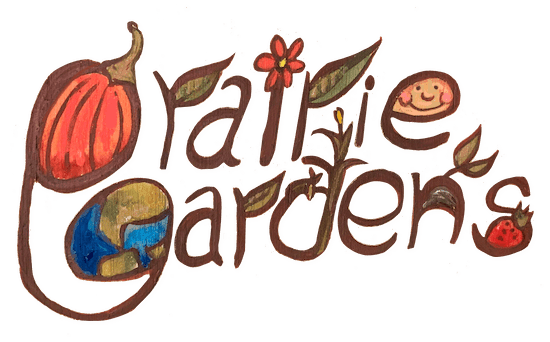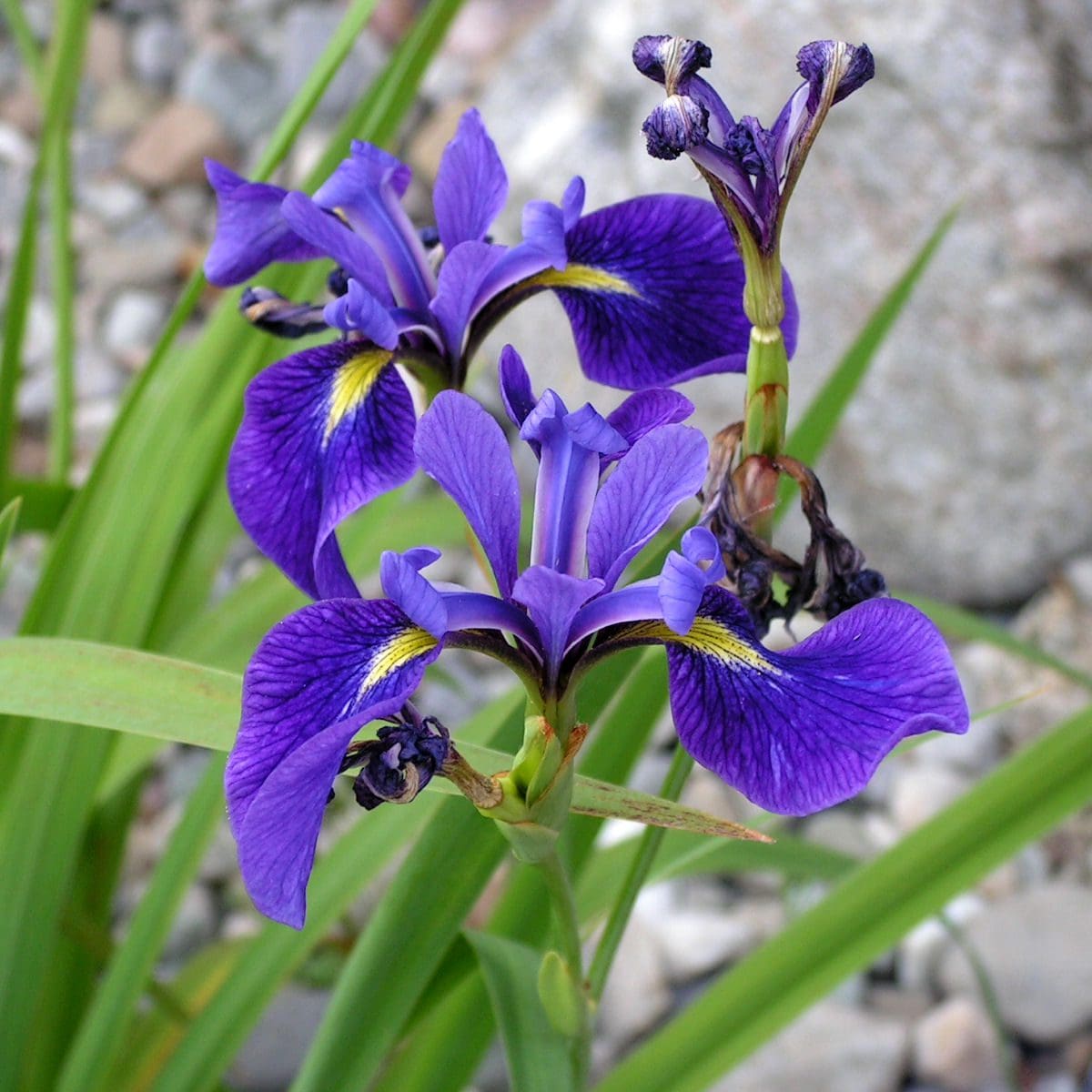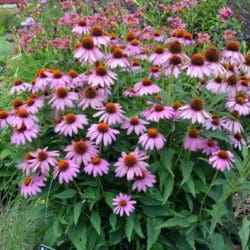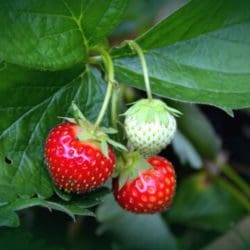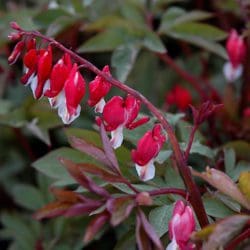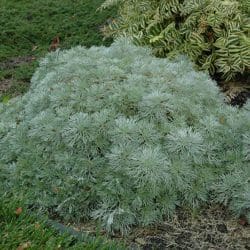Description
Full sun, Partial Shade, Deer and rabbit resistant, attracts butterflies, Zone 3
Iris versicolor
Pot size #1
Plants form a clump of dark green foliage that has sword-shaped leaves. The stems of the Iris are upright and are able to hold up the very large blooms. From the month of May to early June, there may be several showy, purplish-blue blooms that will appear. These blooms have six petals. In the centre there are three sepals that curve gracefully downward, or flopped over, and then there are three smaller upright petals. The coloring on the blue flag Iris is majestic: a splash of white and yellow near the centre, with purple veins, and three paler petals which are upright and stiff. The leaves of this variety are long and lance-shaped and get to be about 3cm wide, and 80cm tall. It is one of the most widespread native Iris varieties, and is usually found growing naturally from southern Manitoba eastward into the Atlantic provinces.
The Blue flag iris is a valuable wetland specifics. Aside from its ornamental value is it also used as a pollinator food source. It is also used as component of some perfumes.
The Iris will grow to be about 31 inches tall at maturity, with a spread of 24 inches. If you are growing the Iris in masses or used as a bedding plant space them apart approximately by 18 inches apart. It grows at a medium rate. It does best in average to evenly moist conditions, but will not tolerate standing water. It is not particular to soil type or pH. Gardeners should be aware of insects. When the flowers have fallen they will be replaced with a three-angled oblong capsule, which contains numerous tightly packed seeds. The seeds will remain dormant until they experience the vigorous freeze-thaw patterns of fall and winter.
The rhizomes of this plant are toxic to humans and animals if eaten.
Blue Flag Iris
$15.95
Plants form a clump of dark green foliage that has sword-shaped leaves. The stems of the Iris are upright and are able to hold up the very large blooms. From the month of May to early June, there may be several showy, purplish-blue blooms that will appear. These blooms have six petals. In the centre there are three sepals that curve gracefully downward, or flopped over, and then there are three smaller upright petals. The coloring on the blue flag Iris is majestic: a splash of white and yellow near the centre, with purple veins, and three paler petals which are upright and stiff. The leaves of this variety are long and lance-shaped and get to be about 3cm wide, and 80cm tall. It is one of the most widespread native Iris varieties, and is usually found growing naturally from southern Manitoba eastward into the Atlantic provinces.
In stock
